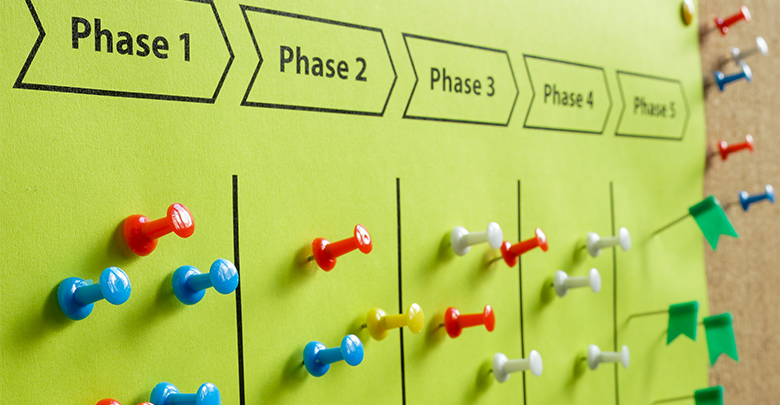Effective project monitoring and management is a challenge today. Despite using numerous approaches, many projects fail miserably. There is a good chance that most completed projects have overrun their budget or stipulated delivery date. Both scenarios give a negative impression of the project manager. Controlling the project's costs, schedule, and scope is not an easy task. Your project will always have risks due to known and unknown project challenges. So, what can the project manager do to rescue themselves from these circumstances? This article at Invensis Global Learning Services by Lucy Brown discusses the project progress dashboard and its monitoring and control processes.
What is a Project Progress Dashboard?
To ensure seamless project execution, it is prudent to monitor the project progress dashboard and implement monitoring and control techniques. This also increases the project's productivity and efficiency. Additionally, tracking the project status can aid you in governing its tasks and ensuring its timely completion. Therefore, by collecting timely data, managers can make better-informed decisions, seize opportunities, make necessary changes in advance, and save time.
Importance of Project Monitoring and Control
Every project is controlled primarily by focusing on its components and using various subsidiary plans defined under the larger project management plan:
- Listing expectations and project obstacles
- Making guided decisions on how to respond to differences based on the origin of the estimate
- Using previous project performance and cost estimates to gauge whether an ongoing project is within agreeable limits
- Documenting and monitoring ongoing issues and identifying the person responsible for resolving the issue
- Maintaining a log entailing all incidents and effective responses to prevent and handle risk situations
- Establishing milestones for various activities to track and ensure completion
- Preparing a quality report to fix anomalies or bugs and implement changes or feedback
- Recording all risks and opportunities encountered throughout the lifecycle of the ongoing project
- Identifying overall project and individual risks
- Using forecasts to determine if the project is on track and to implement changes, if necessary
Furthermore, the author discusses other input and output methods of monitoring and controlling processes.
To read the original article, click on https://www.invensislearning.com/blog/understanding-project-monitoring-and-control/

